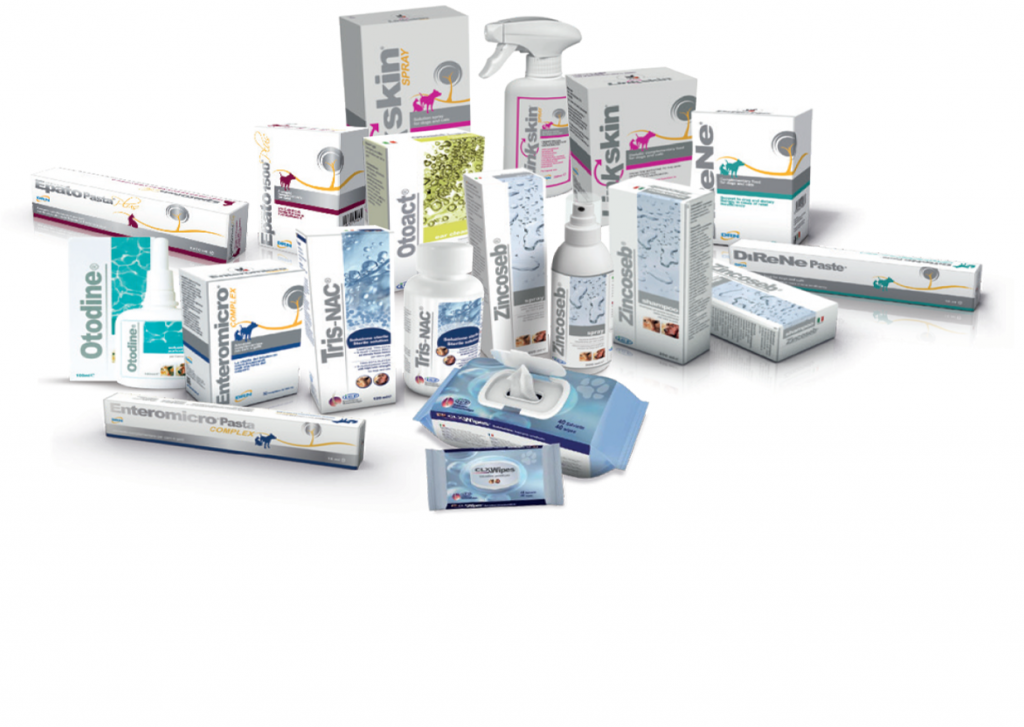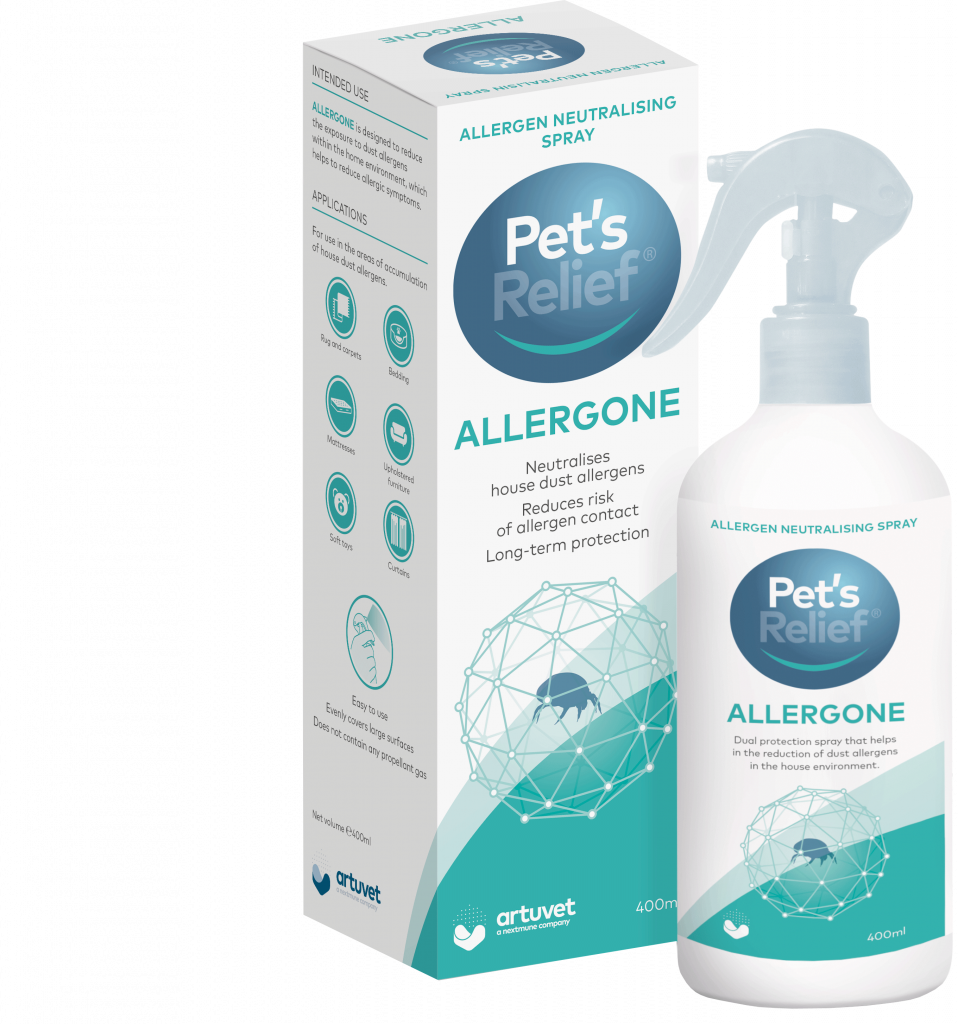Treating pet allergy
Let’s talk about allergy treatment
The only treatment that can make your pet’s immune system stronger and stop it from reacting to environmental allergens is immunotherapy (also called allergen-specific immunotherapy). This is a tailored treatment for your pet, designed to stop allergy symptoms from affecting its overall health, comfort and quality of life.
Immunotherapy
Immunotherapy is an injection containing just the allergens that your pet is allergic to. To begin with, the amount of each allergen is very small, but with each dose this amount increases, until a ‘maintenance dose’ is reached.
The injection (beneath the skin, or subcutaneously) only needs to be given once a month.
The goal is to make your pet’s immune system less sensitive (or totally insensitive) to the allergens in the treatment, so the allergic reaction, and therefore symptoms, decrease or disappear.
Immunotherapy is effective and safe for long-term use, and your pet should be on it for the rest of its life.
How to start immunotherapy?

Before starting this treatment, it is important for your pet to be comfortable, with its symptoms under control. If that is not the case, short-term medication can help during the initial treatment period (work-up phase).
You should ask your vet about the best options for short-term allergy relief that can be used in conjunction with immunotherapy.
The volume of the first injection is 0.2 ml, and this is gradually increased over several months to a maximum volume of 1.0 ml. If your pet finds this treatment schedule too fast, your vet can adjust it.
The maintenance dose is usually reached after 13 weeks, and the interval between injections can then be adjusted to provide the best symptom control. We provide an Immunotherapy Treatment Diary and Itch tracker, so that you can keep track of the doses given, any symptoms that occur, and add comments.
What to expect from Immunotherapy?

Every pet responds differently to medications, but immunotherapy has proven to be successful and very effective. Around 75% of pets show improvements when they start the treatment, and most show improvements within a few months. For a few pets, it can take up to 12 months to see results.
A very small number may not improve much. If this happens with your pet, it is important to work closely with your vet, because it is likely that there are other factors involved, other allergies or new allergies (e.g. to fleas of foods), for example, or secondary skin infections. Regular follow-up appointments are important, especially during the first year of treatment. It may be necessary to change the dosage and interval.
Sometimes re-testing with PAX Blood Test is a good idea, to see if there are any new allergies. Working closely with your vet gives you the best chance for your pet to have sustained, long-term, safe relief from allergic symptoms. If you still do not get the results you expect, you can fill in our call back form (click here) and we will contact your vet with further advice.
Oral immunotherapy
If your pet has an aversion to needles or has not responded well to the injections, or you prefer to give daily doses, we have an immunotherapy that can be sprayed in your pet’s mouth, in the space between the gum and cheek.
Topicals and supplements

Other products can also be beneficial, especially in combination with immunotherapy. Supplements that promote healthier skin and improve the skin barrier are helpful (e.g. Pet’s Relief Atopi-3).
Topical products, such as medicated shampoos, sprays and wipes, help remove allergens and promote healthier skin. Bathing in water helps to relieve itchiness and removes environmental allergens from your pet’s coat (it is important to use the right shampoo).
Most pets with allergies have ear problems, like recurrent infections, so any products that help to prevent and treat these are good.
Read moreReduce allergen exposure

You can also try to reduce exposure to the allergens as much as possible, possibly removing carpets if your pet is allergic to house-dust mites, or using an allergen-neutralising spray, like Pet’s Relief Allergone.
Allergone is designed to tackle allergens from dust mites and reduces exposure to dust allergens in general. It has proven protection and efficacy for 5 months after a single application – Read more here.
We also provide information about different allergens and measures you can take to help your pet. – download allergen guide here.
Read moreShort-term symptomatic medications

Treating allergy symptoms in the short term
There are several short-term medications that can help to control your pet’s symptoms. These include steroids, cyclosporin, oclacitinib and lokivetmab. These are all very good at controlling itchiness, especially early on, when your vet is trying to confirm whether the problem is an allergy, or when starting on immunotherapy to make sure the symptoms are under control. But they do not treat the allergy itself – your pet will continue to be allergic and its immune system will still react to the allergens. You will just not notice the symptoms.
In the long term, this can create serious problems because other disease may develop if the main symptom is itching or scratching, like skin and ear infections. You will not be able to notice if something else is wrong and your pet’s condition may get worse. Furthermore, most of these medicines have side effects.